This article originally appeared in the award-winning AKC Family Dog magazine. Subscribe now!
Out of all the outdoor activities that dogs can participate in, going for a walk is probably the most universal. It’s something that dogs and owners look forward to, as it’s an opportunity to get out of the house, exercise, and enjoy each other’s company.
However, it’s not always easy (or a good idea!) to take a walk, especially when weather conditions are not ideal. When I lived in Florida, if the days were excessively hot, I could always sneak in a 4 a.m. or 11 p.m. walk with my dogs to escape the heat. But here in the Northeast, when it’s winter, the cold can be unavoidable, and your dog walks turn into a “get out, go potty, and rush back in the house” kind of event.
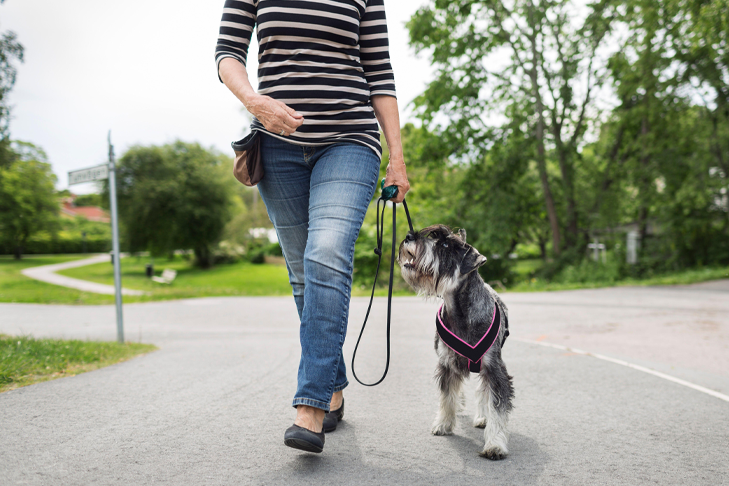
But fortunately, spring returns, the weather warms up, and you can embark on the first long walk in weeks—maybe months! Only it’s not as enjoyable as you remember it to be. As a matter of fact, it’s downright unpleasant.
The pulling, the barking, the chaos, and the accompanying embarrassment. You return home, determined to regain the control and joy of your walks together, but you’re unsure where to start. Here are some “Rebuilding the Walk” strategies that I teach my students.
The Walk Begins Before You Walk Out The Door
If your dog is leaping, barking, and spinning when he sees you pick up a leash, that sets the tone for the walk. It’s better to rehearse throughout the day—picking up the leash, putting it down, and rewarding your dog, if he stays calm.
Done with regularity, your dog will be much calmer when he sees the leash. Then you can start step two, which is clipping the leash on and then immediately taking it off. If you’re (unintentionally) cranking your dog up by excitedly asking him “Who wants to go for a walk?” you need to stop doing that. Immediately.
Change Your Route
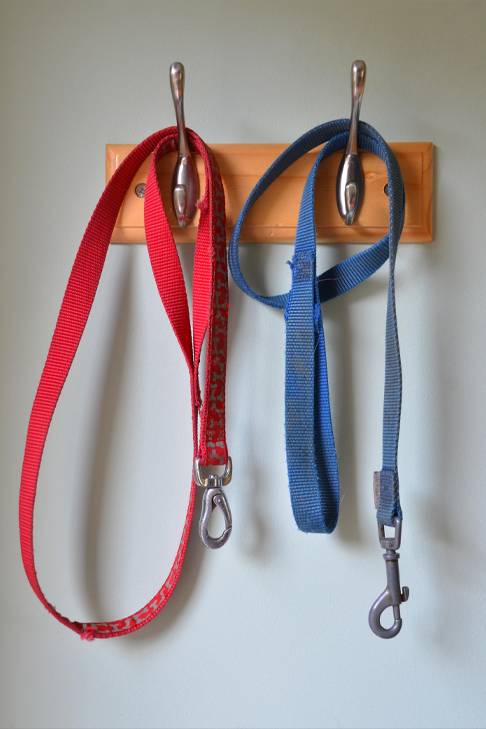
Working on your dog’s heeling skills in a quiet, distraction-free area is key to making progress. Eventually you’ll increase the distraction level of the environments you’re in, but if you do it too soon, you’ll be back to square one before you know it. This tip requires you to either change your route, or location, or the timing of your walk to avoid potential triggers that your in-training dog can’t handle.
Know When To Get Help
Whether it’s for a one-time consult, a group class, or private training, a dog pro can give you tips that can make your training sessions much more effective. Knowing yourself is key to choosing the program. If you’re a DIYer, maybe you need just one or two consults to get you on the right path. If you need some hand holding or motivation, classes can be great to keep you accountable for your dog’s progress. Of course, the right trainer is the key to your success, so make sure you do your homework and find someone who’s qualified!
The Clothes Make The Man
And the dog! The right collar and leash will make your training more effective, and the wrong ones will set you back. This is another testament to the value of trainers, as they can tell you things that you may not know, like why small dogs should have leashes with small bolts, and large dogs should have leashes that have a good amount of width.
Dogs With Challenges
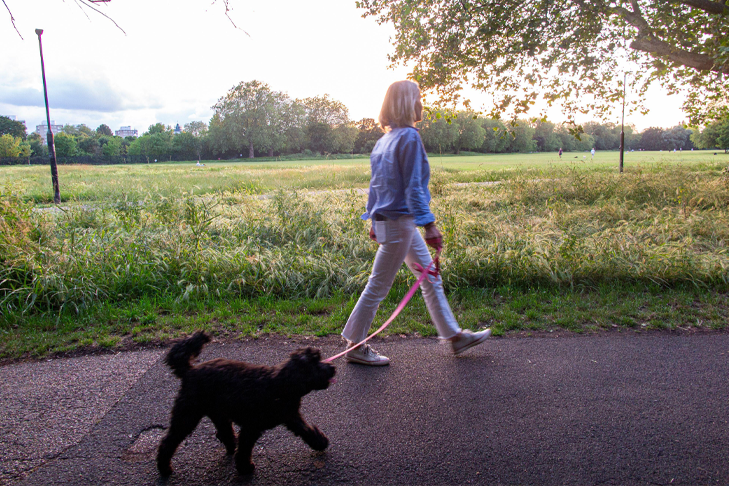
For Dogs With Reactivity Issues
- Distance is your friend. Start practicing at a distance where your dog notices the other dog or person but doesn’t react (this is their “threshold”). Gradually decrease the distance over time as they become more comfortable.
- Redirect their focus. As soon as you spot a potential trigger, use a cue like “look at me” or “watch” to get their attention back on you. Of course, this should be a well-practiced behavior that your dog understands and follows. Additionally, you can choose to ask him to do another behavior, like sit, spin, hand touch, or anything that’s reliable. Reward him for focusing on you instead of the trigger.
- Stay calm and consistent. Reacting to your dog’s behavior with frustration or anger can make them more anxious. Instead, calmly move them away from the trigger if they become reactive.
Fearful Dogs Need Extra Patience and Encouragement
- Go slow. If your dog is fearful, don’t push it into situations that are overwhelming. Start in low-stress environments, and gradually introduce new experiences.
- Build trust. Reward small steps toward bravery, like walking closer to a new object or calmly passing a stranger.
- Consider a professional. If fearfulness persists, consult a trainer who can help identify triggers and create a plan tailored to your dog’s needs.
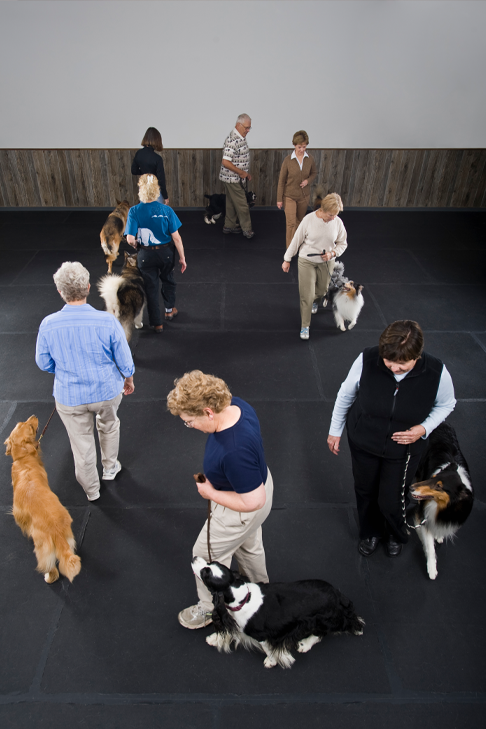
Now that you have training ideas and a plan to get started, I’ll leave you with some wisdom I share with students when they ask, “How long until my dog is done training?”
Training your dog and going to the gym share some similarities. The biggest one is that if you stop going to the gym, your body eventually returns to its pre-workout state.
The same is true of dog training. If you stop training, your dog’s behavior will eventually revert to where it started. Once you’re past the initial training stages, plan on keeping your dog’s training sharp with continued practice, which should be fun and one of the best parts of your day together! If it’s not, rethink your training program, your methods, or even your trainer.
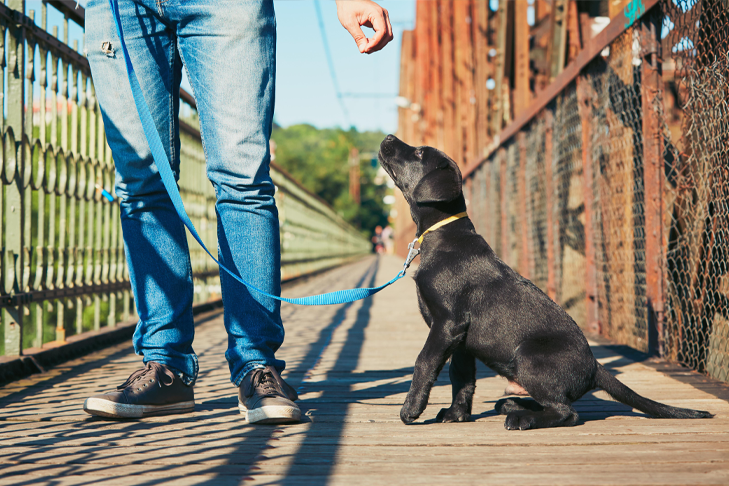
Additionally, you might look for an AKC sport that you and your dog can have fun competing in. Because if you decide you’d like to earn a title in, for example, rally obedience, then practicing for that can be exciting because you’re working for a specific goal (a title and ribbons)!
Calm, loose-leash walking after a long break takes time and practice, but it’s absolutely doable with the right approach. By starting with the basics, troubleshooting common issues, and practicing consistently, you’ll have your dog walking like a pro—and maybe even ready for the rally ring—in no time!

From behavior and training to health and nutrition, learn from the experts at the American Kennel Club, in AKC Family Dog magazine. Subscribe now!
